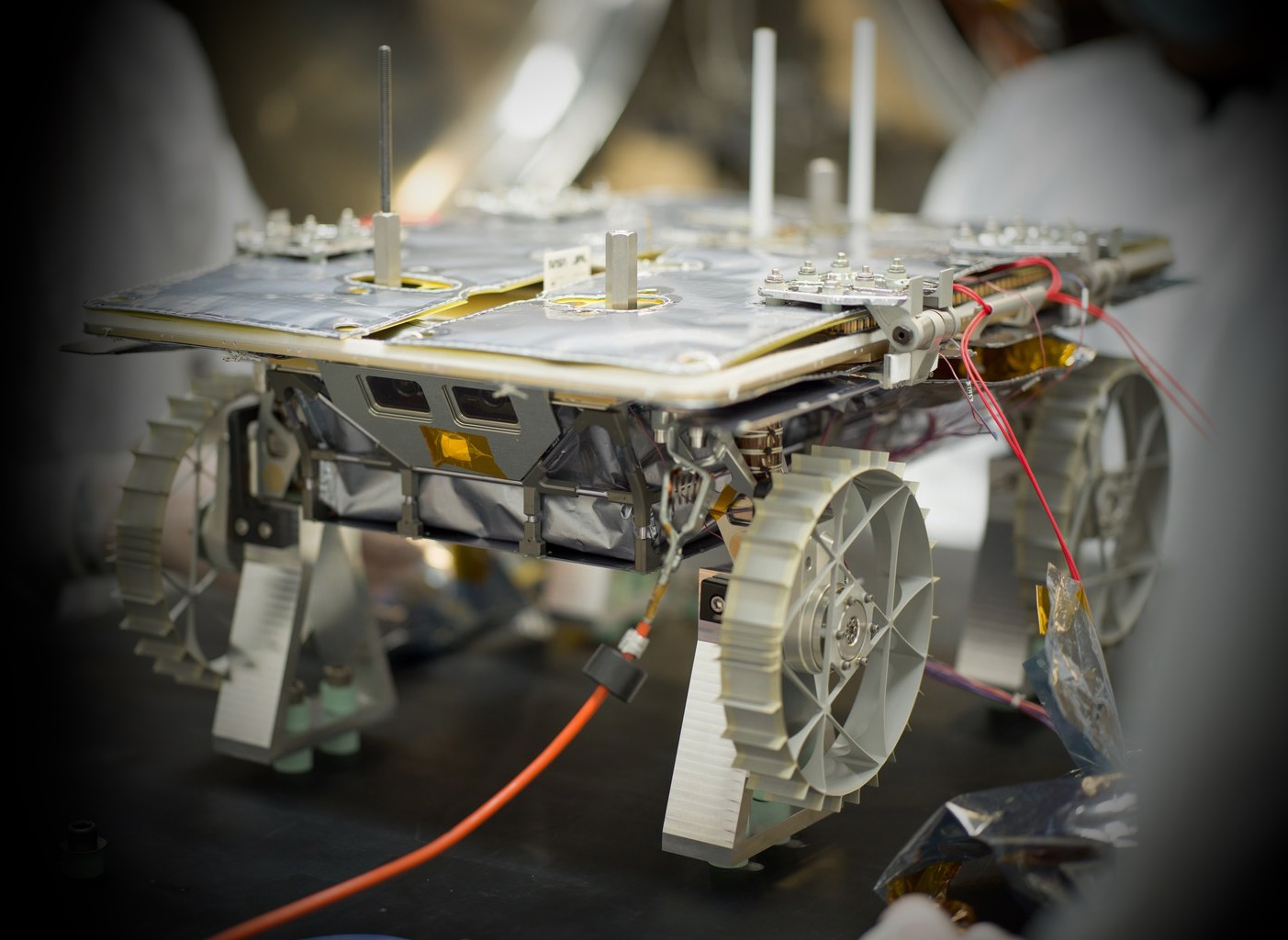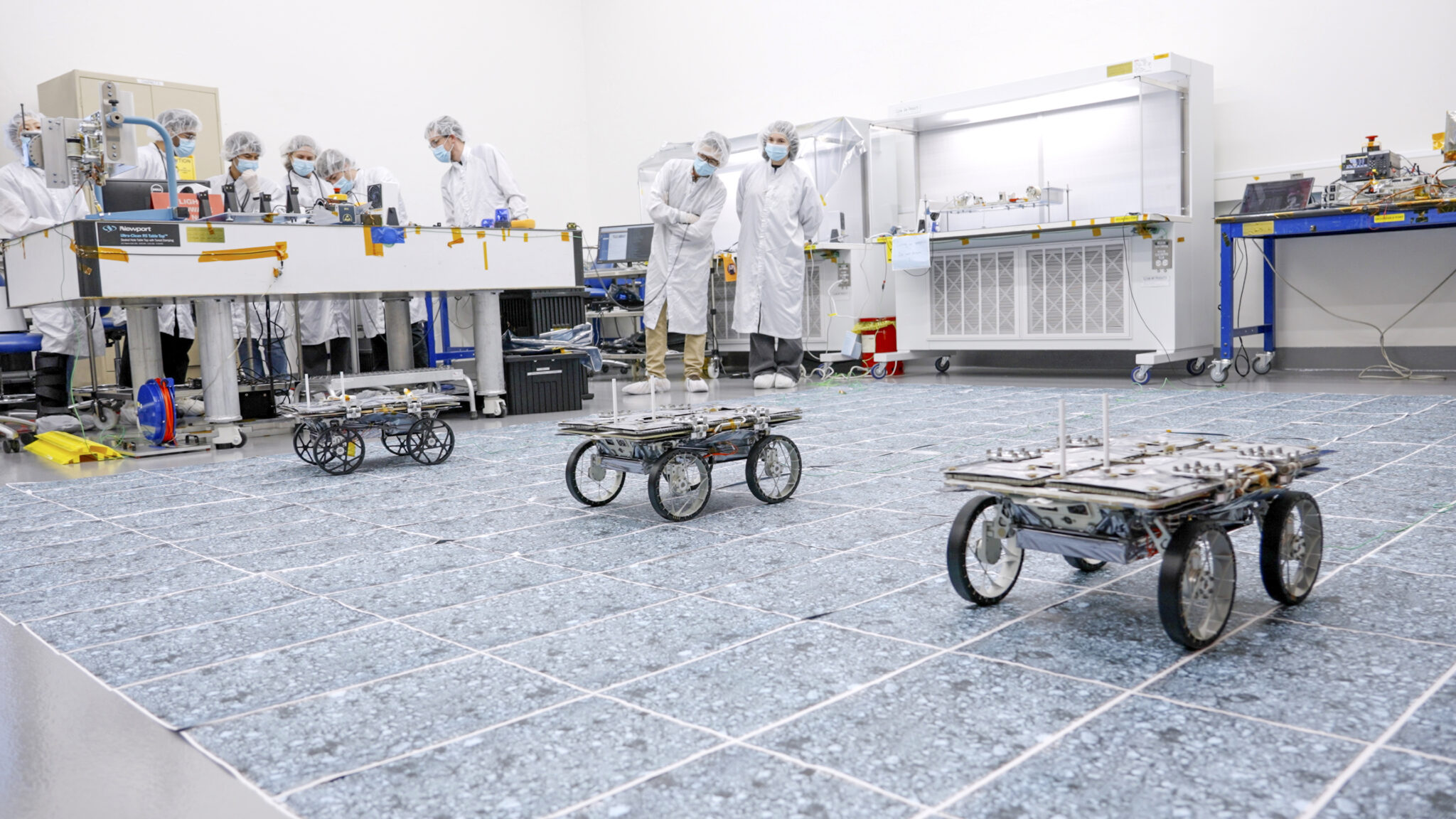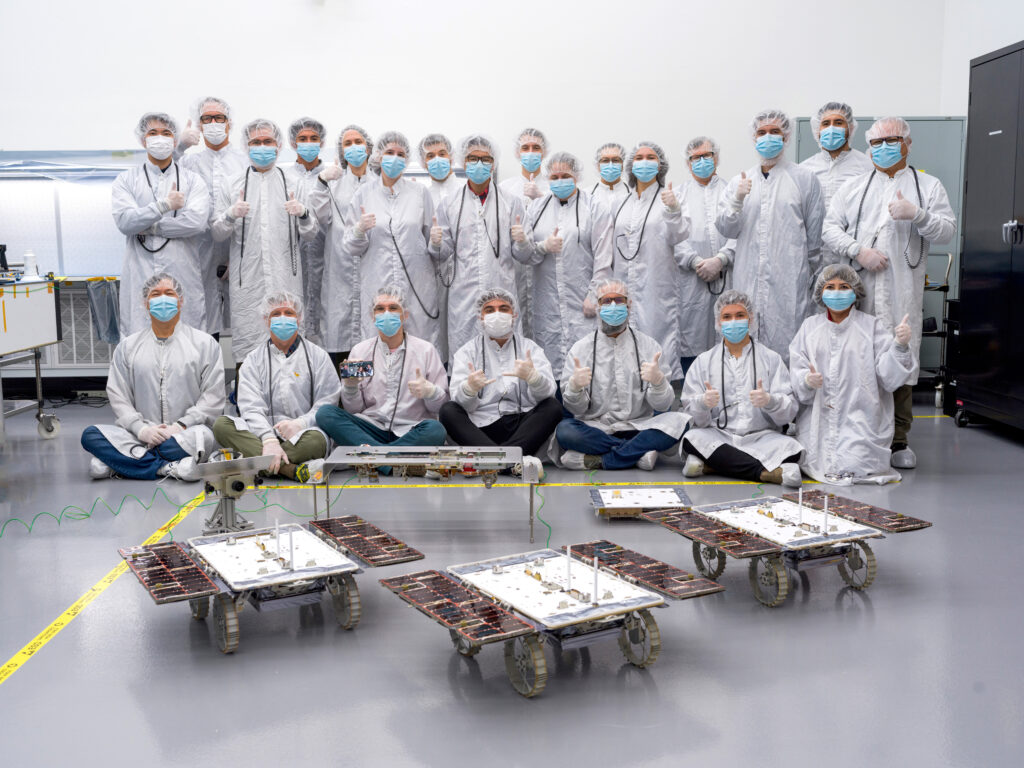NASA expands its moon exploration initiatives, preparing not only to send astronauts, but also deploying a fleet of lunar rovers. Among these robotic pioneers is the VIPER rover, which will search for water near the south pole of the Moon. In parallel, the space agency introduces the Autonomous Distributed Robotic Exploration (CADRE) program, which consists of three mini-rovers that will work together to explore the surface of the Moon.

Developed at NASA’s Jet Propulsion Laboratory, these mini-rovers, each no bigger than a travel suitcase, are designed to operate independently, exchanging critical data among themselves. Such teamwork will allow the moon rovers to cover a larger area than in the case of only one spacecraft. The main tasks of CADRE will be mapping the surface of the Moon and conducting subsurface radar scanning during the lunar day, which lasts about two weeks.

Before their debut on the Moon, CADRE rovers need to undergo severe tests so that engineers can verify their ability to work flawlessly in a harsh environment. The testing process includes the presence of lunar rovers in a vacuum, exposure to high and low temperatures and strong vibrations simulating overloads from launching on Earth and descent on the Moon. Despite the extreme nature of these tests, the head of the NASA flight system, Guy Zohar, expressed confidence in the project, emphasizing the success of each test.

The tests also included moving on various surfaces to check whether the group could maintain formation even if difficulties arose, for example if one lunar rover had a low battery charge or wheels slipped. Jean-Pierre de la Croix, Chief Researcher at CADRE and a leading expert on autonomy at JPL, stressed the importance of autonomous lunar rover cooperation, stating: “The key point is that robots react when something goes wrong with someone from their team, then they reschedule their work and achieve success together.”
The CADRE rovers are scheduled to be sent early next year as part of the Intuitive Machines IM-3 mission.
Earlier, we reported on how drones would help map the moon.
According to bnnbreaking.com
Follow us on Twitter to get the most interesting space news in time
https://twitter.comne/ust_magazine


